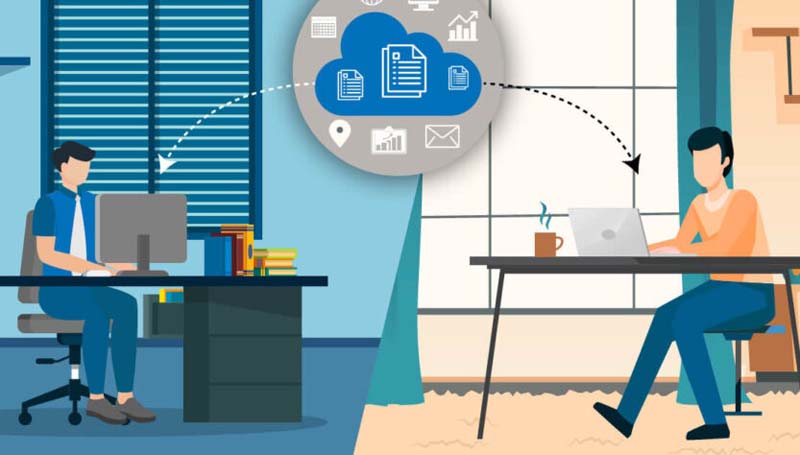Making Sense with the new working styles, post pandemic

The boundaries between where and how office workers carry out their regular tasks are hazy. Technology and governmental regulations have made working remotely or in an office possible, but they have also made it mandatory. Is this still true for first-line support teams for manufacturing employees today? Maybe- is the answer.
Organizations struggled to maintain operations while putting worker safety first as they dealt with the pandemic. For office workers who could easily work from home using a digital interface and a secure internet connection, this sounded rather simple. Some attendees used laptops or desktop computers, while others received stand-alone end points with all the necessary collaboration features for effective meetings.
The difficulties of figuring out new ways to work, however, were comparable to those faced by office workers leaving for the day, only more difficult. With slightly over 35 million people from three of the 10 largest industries, manufacturing makes up 31% of the world’s top ten largest industries by employment.
Plant workers may not make up the entirety of individuals engaged in the manufacturing sector, but it’s reasonable to say that they represent a sizable chunk. How did frontline industrial workers carry out their duties to produce the things that we all consume in a “lock-down” situation where social separation was required? They developed new ways of interacting with coworkers, socially separated themselves from them, and wore more PPE.
The “great resignation” and the ongoing retirement of the baby boomer generation have made it difficult to train and retain recently hired staff. It can take up to 60 days to train a new hire, and even then, retention is not guaranteed, according to some manufacturing executives we spoke with in interviews. Tools that are more effective and affordable are therefore required. Recently hired personnel are trained and onboarded using augmented reality technologies, remote experts, and digital twins. Hirschmann Automotive used Webex Expert on Demand to raise first-time fix rates, speed up first-time resolution, and save trip costs in order to tackle this issue head-on.
Manufacturing employees won’t be able to work from remote locations unless we are talking about “dark factories,” or fully automated plants. If we don’t give this majority of the workforce in manufacturing access to the same digital mobility and collaboration tools that office workers do, we run the danger of losing even more of the next generation’s mindshare when it comes to career considerations.
Stay ahead with ITBusinessNews – Your trusted source for Technology and Business news. Fast & Precise




